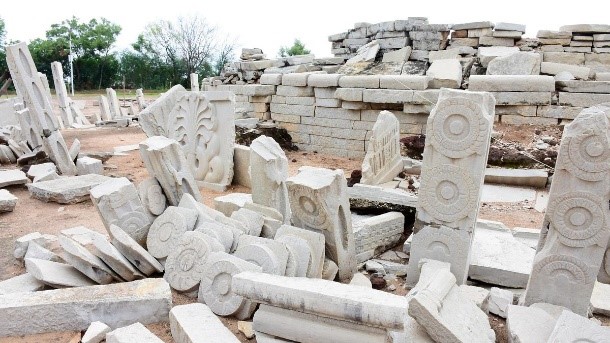Free Courses Sale ends Soon, Get It Now


Free Courses Sale ends Soon, Get It Now



Disclaimer: Copyright infringement not intended.
In News
Location
Archaeological Discoveries
Inscriptions and Sculptures
Artifacts and Depictions
Educational Legacy
SOURCE: THE HINDU
|
PRACTICE QUESTION Q.Explain the impact of Buddhist principles on the development of art and architecture in ancient India. Examine the role of Buddhist monuments and artifacts in reflecting the spread and consolidation of Buddhism in the Indian subcontinent. |
© 2024 iasgyan. All right reserved